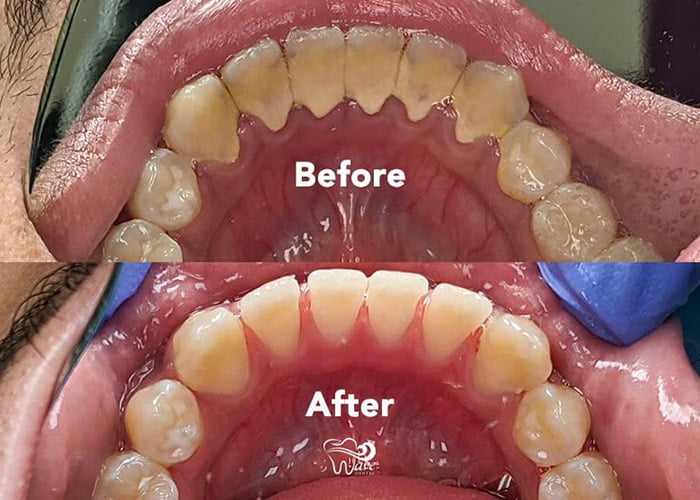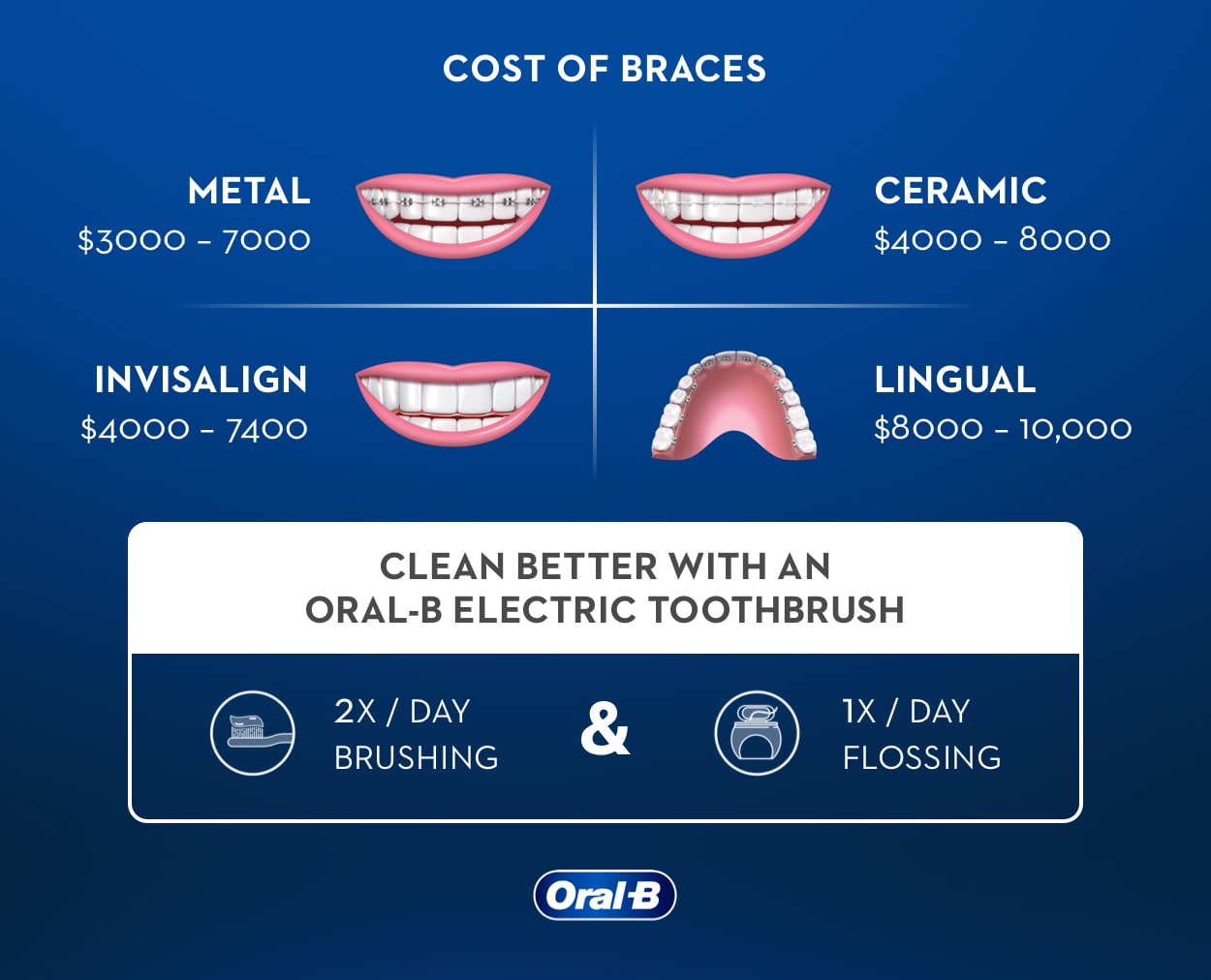Dental plaque removal cost in the USA typically ranges from $75 to $200 for a standard teeth cleaning. Factors affecting price include the dentist’s location and the patient’s dental insurance.
Proper oral hygiene is crucial for maintaining a healthy smile, and the removal of dental plaque is a cornerstone of that process. Regular dental checkups are essential for keeping plaque at bay, which, if left unchecked, can lead to tooth decay and gum disease.
Dental professionals use specialized tools to carefully remove plaque and tartar buildup, a procedure often covered partially or fully by dental insurance. Even without insurance, clinics may offer payment plans to manage the cost. Prioritizing this aspect of dental care can save you from more expensive treatments down the line, ensuring your smile stays bright and your oral health investment cost-effective.

Credit: dentistforlife.net
Understanding Dental Plaque And Its Consequences
When we talk about oral health, dental plaque is an important factor to consider. Too much plaque can harm teeth and gums. It can cause serious problems if left unchecked. People often wonder about the cost of dental plaque removal in the USA. Before diving into costs, let’s understand what plaque is and why we should remove it.
What Is Dental Plaque?
Dental plaque is a soft, sticky film that builds up on your teeth. It is hard to see with the naked eye. Plaque forms when foods containing sugars and starches are left on the teeth. Bacteria in your mouth thrive on these foods, producing acids as a result. If not removed, it can lead to tooth decay and gum disease.
Potential Risks And Impacts Of Dental Plaque
The risks of not managing dental plaque are many. They include:
- Cavities: Holes in your teeth that need to be filled.
- Gum disease: Can result in bleeding gums and tooth loss.
- Bad breath: Caused by bacteria in the plaque.
- Heart disease: Researchers link poor oral health to heart problems.
The Importance Of Professional Dental Plaque Removal
Brushing and flossing at home is good, but not always enough. A dentist can remove plaque that hardens into tartar. Regular dental check-ups prevent serious issues. They also keep your smile looking great!
The cost of plaque removal depends on:
- Dental clinic location
- The complexity of your case
- Type of cleaning needed
Dental insurance often covers part of the cost. It is smart to check with your provider. Prices vary greatly across different states and practices.
An Overview Of Dental Plaque Removal Procedures
Dental plaque, a sticky film of bacteria that forms on teeth, can lead to cavities and gum disease. Regular toothbrushing helps remove some plaque, but professional cleanings are vital for overall oral health. Dentists use various methods to clean teeth and maintain a bright smile. Let’s explore the common procedures for dental plaque removal.
Types Of Plaque Removal Treatments
Professional dental cleanings generally fall into different categories, each suited to varying levels of plaque and tartar buildup. Some treatments include:
- Prophylaxis: a routine cleaning for those with minimal plaque.
- Periodontal maintenance: for patients with a history of gum disease.
- Deep cleaning: targeting extensive plaque and tartar deposits.
Dental Scaling And Root Planing
Dental scaling removes tartar from above and below the gum line. Root planing smoothens the tooth root to help the gums reattach. This procedure might require multiple visits and local anesthesia.
Laser Tartar Removal
Laser treatments offer a modern approach to tartar removal. They target the tartar with focused light, making the process more comfortable. Healing times are often quicker compared to traditional scaling and root planing.
Factors Influencing Dental Plaque Removal Cost
Understanding the cost for dental plaque removal begins with recognizing the various factors that play a role. Each aspect can affect the final price, making some treatments cheaper or more expensive. Let’s dive into what can change the cost for cleaner, healthier teeth.
Extent Of Plaque And Tartar Build-up
The amount of plaque and tartar on teeth can vary. More build-up often means more work to clean. This can make the procedure more costly.
- Light plaque – usually quicker to remove; often costs less.
- Heavy tartar – takes longer; typically leads to higher costs.
Geographical Location And Cost Variations
Prices for dental services can change based on where you live. Big cities may charge more than smaller towns. It’s important to consider location when budgeting for dental care.
| Location | Average Cost |
|---|---|
| Urban Areas | Higher |
| Rural Areas | Lower |
Dentist’s Experience And Reputation
A dentist’s skill and standing can influence price. More experienced dentists might charge more but can also provide top-notch care. Keep this in mind when choosing your provider.
- Dentists with extensive training may have higher rates.
- Well-known dentists can charge more for their reputation.

Credit: oralb.com
Typical Costs Of Dental Plaque Removal In The Usa
Keeping your smile bright often involves removing dental plaque professionally. In the USA, costs vary for this service. Understand the typical fees for plaque removal and ways to manage expenses.
Average Cost Of Dental Cleaning
Dental cleanings are essential for removing plaque. Cleanings include scaling, polishing, and sometimes fluoride treatment. Prices range from $75 to $200. The cost depends on your location and the clinic’s services.
Cost Differences: General Dentist Vs Periodontist
- General Dentist: A standard cleaning by a general dentist typically costs less than a specialist’s service.
- Periodontist: For deeper cleanings known as scaling and root planing, a periodontist might charge more. These procedures are for gum disease treatment and are more complex.
Insurance Coverage And Out-of-pocket Expenses
The insurance coverage you have can greatly affect your cost. Many plans cover 100% of preventive care, which includes cleanings. Always check your policy. Here are a few points:
| Insurance Coverage | Typical Out-of-Pocket Costs |
|---|---|
| 100% Preventive Care | $0 |
| 80/20 Plan | 20% of total cleaning cost |
| No Coverage | Full amount of cleaning cost |
For those without insurance, consider payment plans or dental discount programs to minimize out-of-pocket expenses.
Insurance And Dental Plaque Removal
Maintaining a healthy smile often involves removing dental plaque regularly. This routine procedure can lead to significant expenses over time. Dental insurance can help manage these costs, but understanding your coverage is crucial.
Types Of Dental Insurance Plans
Dental insurance plans come in various forms. Each plan provides different levels of coverage and benefits. Here are the most common:
- Indemnity Plans: You choose your dentist, and the insurance company pays a percentage of the fees.
- PPO Plans: These plans offer a network of dentists that provide services at a lower rate.
- HMO Plans: These plans limit coverage to dental professionals within their network and typically offer no coverage for out-of-network care.
- Discount Plans: Not insurance, but these plans provide discounts on dental services from participating dentists.
Understanding Your Insurance Coverage
Know your plan’s details. Coverage for plaque removal can vary significantly. It’s vital to read the summary of benefits to understand what’s covered.
| Service | Coverage Percentage | Wait Period |
|---|---|---|
| Plaque Removal/Cleaning | 80-100% | None |
| X-Rays | 70-90% | None |
| Major Procedures | 50% | 6-12 Months |
Always check for specifics like deductibles, co-payments, and annual maximums.
How To Maximize Your Dental Insurance Benefits
To make the most of your insurance, consider these tips:
- Schedule Regular Cleanings: Most insurance plans cover two cleanings per year at 100%.
- Perform Preventative Care: Brushing, flossing, and rinsing can prevent issues that require costly treatments.
- Plan for Major Treatments: If you anticipate a major dental procedure, make sure it’s covered and plan it for when you have sufficient benefits available.
- Review and Update Coverage Annually: Needs change, so evaluate your plan each year to ensure it still fits.
Payment Options And Assistance For Dental Care
Dental plaque removal is essential for oral health but can strain the wallet. Many Americans seek cost-effective options. Payment plans, assistance programs, and free services can help manage these expenses.
Dental Payment Plans And Financing
Dental offices often offer payment plans. These plans break down the total cost into manageable monthly payments. Some require no interest if paid within a specific period.
Financing options are available too. Companies like CareCredit provide credit facilities exclusive to healthcare expenses. Most offer instant approval and flexible terms to suit different budgets.
Charitable Organizations And Free Clinics
- Charitable organizations such as Dental Lifeline Network provide free dental services to eligible individuals.
- Free dental clinics operate in many areas. They offer services at low or no cost. A quick search can reveal nearby options.
- Local dental schools often have clinics where students provide services at reduced rates. These clinics are supervised by experienced dentists.
Government Programs And Subsidies
Government programs like Medicaid can cover dental procedures for children and adults who meet criteria. Eligibility requirements vary by state.
The Children’s Health Insurance Program (CHIP) assists families with children in getting necessary dental care services.
Medicare recipients might access benefits for certain dental services. It’s important to review the coverage details.
Ways To Reduce Dental Plaque Removal Costs
Reducing the cost of dental plaque removal is a concern for many in the USA. With the right strategies, individuals can manage these expenses effectively. Explore practical tips for minimizing the financial burden of maintaining a clean and healthy smile.
Preventative Dental Care Practices
Preventive care is fundamental to avoiding high dental costs. By adopting daily oral hygiene habits, the risk of plaque buildup and the subsequent need for professional removal decreases. Consider these key practices:
- Brush teeth twice a day with fluoride toothpaste
- Floss daily to remove plaque between teeth
- Use mouthwash to kill bacteria and freshen breath
- Regular check-ups and cleanings spot issues early
Discounts And Membership Programs
Many dental practices offer discount programs to their patients. Shopping for dental services that come with these benefits can lead to substantial savings. Some possibilities include:
- Membership plans with a flat annual fee for check-ups and cleanings
- Percentage-off discounts on various dental procedures
- Family discounts for multiple household members
Choosing The Right Dental Provider
Selecting an affordable and qualified dental provider is essential. Compare different dentists based on:
| Criteria | Details |
|---|---|
| Insurance Acceptance | Providers that accept your insurance can significantly reduce out-of-pocket costs. |
| Cost Transparency | Dentists who provide clear pricing help avoid unexpected expenses. |
| Quality of Care | High-quality care can prevent the need for repeated treatments. |

Credit: www.nationalspayalliancesavannah.com
Conclusion
Navigating the costs of dental plaque removal doesn’t have to break the bank. By understanding the average prices across the USA and considering insurance options, individuals can make informed decisions for their oral health. Remember, investing in routine dental care now can save money and pain in the long run.
Choose the best care for your smile—an asset worth protecting.

